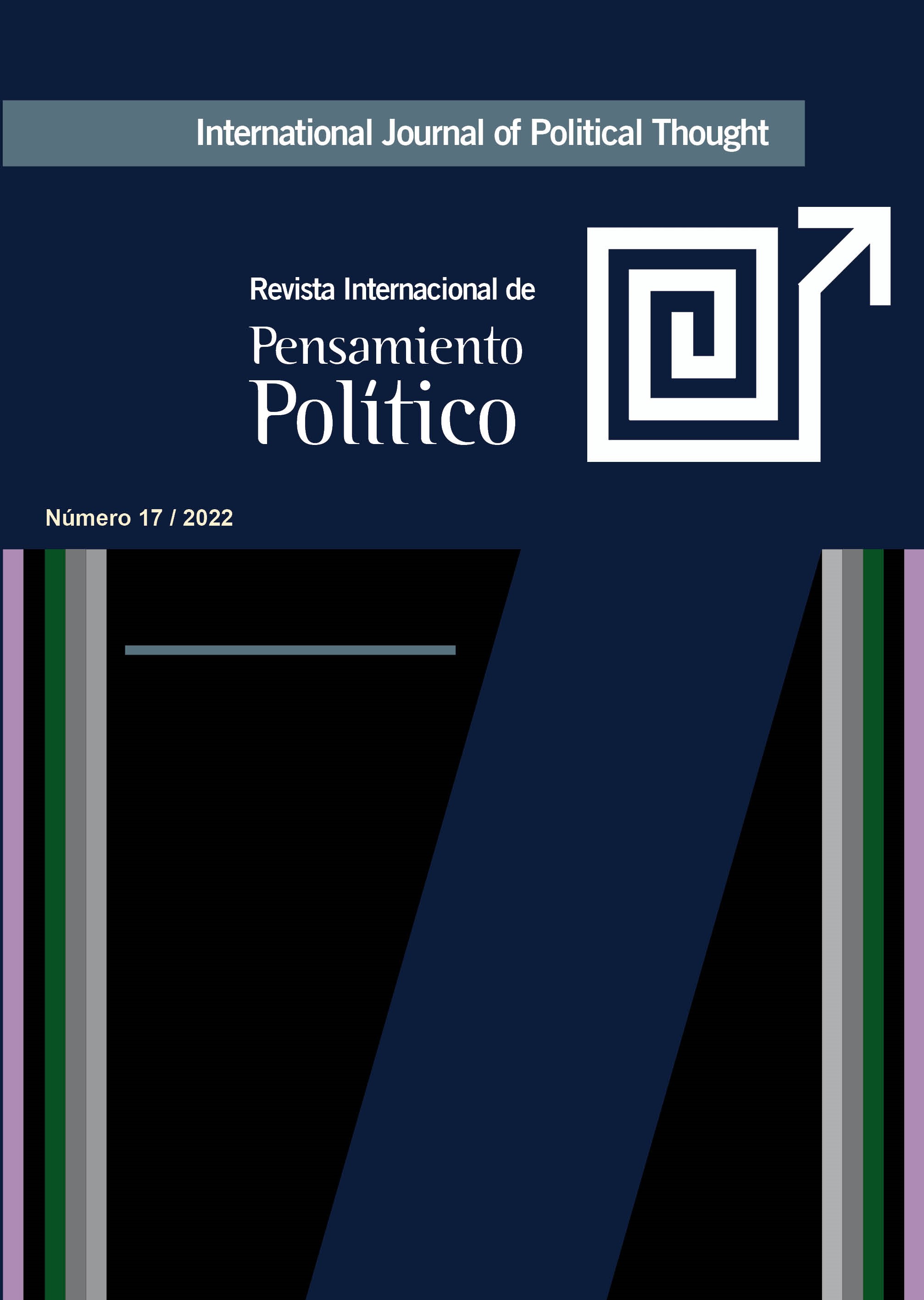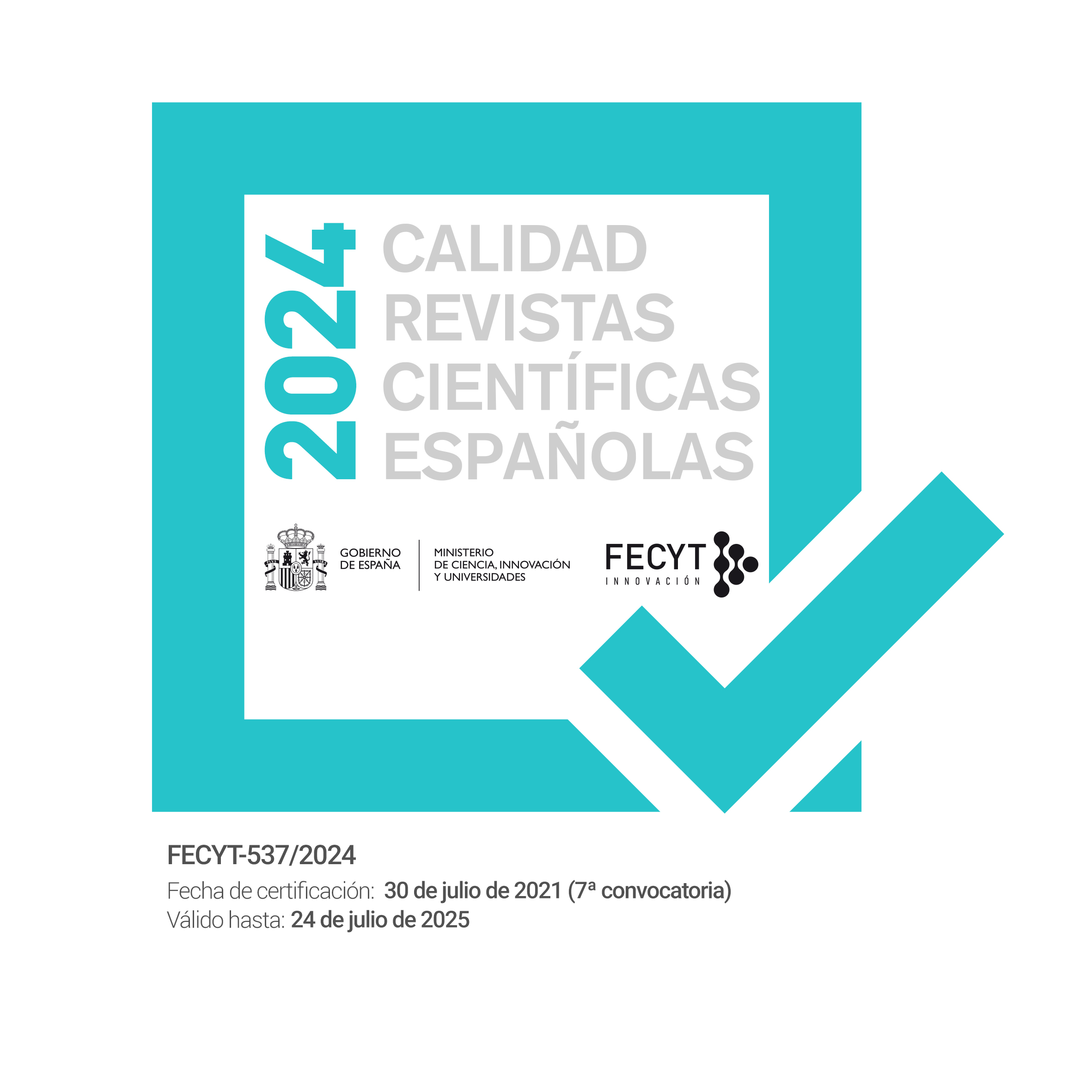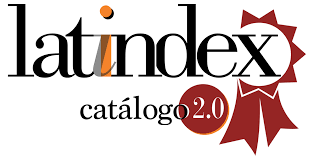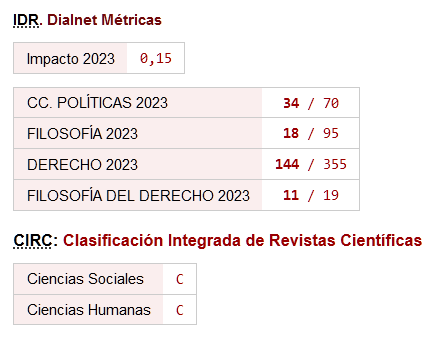State-Building in “the Graveyard of Empires”
Why the Soviet and United States Interventions Failed to Establish Stable Regimes in Afghanistan
DOI:
https://doi.org/10.46661/revintpensampolit.7407Keywords:
Afghanistan, Military intervention, Regime stability, State-buildingAbstract
Both the Soviet and United States military interventions failed in their respective efforts to establish stable regimes in Afghanistan, whose reputation for resistance to foreign occupation and state-building operations has earned it a near-mythical moniker: “the graveyard of empires”. This study examines the history of regime development in Afghanistan with a focus on the perennial challenge of finding a balance between the degree of centralized power necessary to maintain security and perform state functions, on the one hand, and the threshold of tolerance for centralized power among the country’s tribal population, on the other. The analysis shows how the highly centralized communist regime established through the Soviet intervention as well as the excessively decentralized democratic regime established through the United States intervention represent just two chapters in Afghanistan’s historical struggle to establish legitimate and enduring sources of centralized state power.
Downloads
References
Andersen, D., Møller, J., Rørbæk, L. L., & Skaaning, S. E. (2014). State Capacity and Political Regime Stability. Democratization, 21(7), 1305-1325. https://doi.org/10.1080/13510347.2014.960204
Baev, P. K. (2012). How Afghanistan was Broken: The Disaster of the Soviet Intervention. International Area Studies Review, 15(3), 249-262. https://doi.org/10.1177/2233865912453802
Beetham, D. (1991). The Legitimation of Power. Macmillan. https://doi.org/10.1007/978-1-349-21599-7
Berger, M. T. (2006). From Nation-Building to State-Building: The Geopolitics of Development, the Nation-State System and the Changing Global Order. Third World Quarterly, 27(1), 5-25. https://doi.org/10.1080/01436590500368719
Bratton, M., & van de Walle, N. (1994). Neopatrimonial Regimes and Political Transitions in Africa. World Politics, 46(4), 453-489. https://doi.org/10.2307/2950715
Burnell, P. (2006). Autocratic Opening to Democracy: Why Legitimacy Matters. Third World Quarterly, 27(4), 545-562. https://doi.org/10.1080/01436590600720710
Derleth, J. W. (1988). The Soviets in Afghanistan: Can the Red Army Fight a Counterinsurgency War. Armed Forces and Society, 15(1), 33-54. https://doi.org/10.1177/0095327X8801500103
Doha Agreement. (2020). Agreement for Bringing Peace to Afghanistan Between the Islamic Emirate of Afghanistan which is not Recognized by the United States as a State and is Known as the Taliban and the United States of America.
Fjelde, H., & de Soysa, I. (2009). Coercion, Co-optation, or Cooperation?: State Capacity and the Risk of Civil War, 1961-2004. Conflict Management and Peace Science, 26(1), 5-25. https://doi.org/10.1177/0738894208097664
Ghani, A., Lockhart, C., & Carnahan, M. (2006). Returning Order to Postconflict Societies: State-Building, Constitution-Making, and Justice: An Agenda for State-Building in the Twenty-First Century. The Fletcher Forum of World Affairs Journal, 101(30), 1-12.
Ghufran, N. (2001). The Taliban and the Civil War Entanglement in Afganistan. Asian Survey, 41(3), 462-487. https://doi.org/10.1525/as.2001.41.3.462
Goldman, M. F. (1984). Soviet Military Intervention in Afghanistan: Roots & Causes. Polity, 16(3), 384-403. https://doi.org/10.2307/3234556
Hartman, T. (1985). A World Atlas of Military Conflicts, 1945-1984. Da Capo Press.
Hess, S. (2010). Coming to Terms with Neopatrimonialism: Soviet and American Nation-Building Projects in Afghanistan. Central Asian Survey, 29(2), 171-187. https://doi.org/10.1080/02634937.2010.490677
Hussaini, S. M. (2021). The Social Challenges of Modern State-Building in Afghanistan. Technium Social Sciences Journal, 16, 529-543.
Ibrahimi, S. Y. (2017). The Taliban's Islamic Emirate of Afghanistan (1996-2001): "War-Making and State-Making" as an Insurgency Strategy. Small Wars and Insurgencies, 28(6), 947-972. https://doi.org/10.1080/09592318.2017.1374598
Kalinovsky, A. (2008). Old Politics, New Diplomacy: The Geneva Accords and the Soviet Withdrawal from Afghanistan. Cold War History, 8(3), 381-404. https://doi.org/10.1080/14682740802222213
Katzman, K. (2017). Afghanistan: Post-War Governance, Security, and U.S. Policy.
Kleiner, J. (2014). How Many Lives Do the Taliban Have? Diplomacy and Statecraft, 25(4), 708-731. https://doi.org/10.1080/09592296.2014.967133
Lahoud, N. (2021). Bin Laden's Catastrophic Success: Al Qaeda Changed the World - but Not in the Way It Expected. Foreign Affairs, 100(5).
Library of Congress. (2008). Country Profile: Afghanistan (Issue 5). https://doi.org/10.1191/0969733004ne730xx
Minatti, W., & Duyvesteyn, I. (2020). Concepts of Legitimacy: Congruence and Divergence in the Afghan Conflict. Civil Wars, 22(1), 1-25. https://doi.org/10.1080/13698249.2020.1686876
Pasarlay, S. (2018). Rethinking Afghanistan's Longest-Lived Constitution: The 1931 Constitution Through the Lens of Constitutional Endurance and Performance Literature. Elon Law Review, 10(8), 283-308.
Republic of Afghanistan. (1987). Constitution of the Republic of Afghanistan. https://www.refworld.org/publisher/NATLEGBOD.html
Republic of Afghanistan. (1990). Constitution of the Republic of Afghanistan. https://digitalcommons.unl.edu/afghanenglish/
Rubin, B. R. (2006). Peace Building and State-Building in Afghanistan: Constructing Sovereignty for Whose Security? Third World Quarterly, 27(1), 175-185. https://doi.org/10.1080/01436590500370038
Shahed, K. (2018). Afghanistan: In Search for an Alternative Route to Stability. Global Policy, 9(1), 146-150. https://doi.org/10.1111/1758-5899.12516
Shaw, G., & Spencer, D. (2003). Fighting in Afghanistan: Lessons from the Soviet Intervention, 1979-89. Defense and Security Analysis, 19(2), 177-188. https://doi.org/10.1080/1475179032000083389
Sherman, Z. B. (2006). Afghanistan's Constitutions: A Comparative Study and Their Implications for Afghan Democratic Development. Naval Postgraduate School.
Sungur, Z. T. (2016). Early Modern State Formation in Afghanistan in Relation to Pashtun Tribalism. Studies in Ethnicity and Nationalism, 16(3), 437-455. https://doi.org/10.1111/sena.12211
Vafai, G. H. (2004). Afghanistan: A Country Study.
Verkoren, W., & Kamphuis, B. (2013). State Building in a Rentier State: How Development Policies Fail to Promote Democracy in Afghanistan. Development and Change, 44(3), 501-526. https://doi.org/10.1111/dech.12029
Wendt, A. (1999). Social Theory of International Politics. Cambridge University Press. https://doi.org/10.1017/CBO9780511612183
Wimmer, A., & Feinstein, Y. (2010). The Rise of the Nation-State across the World, 1816 to 2001. American Sociological Review, 75(5), 764-790. https://doi.org/10.1177/0003122410382639
Downloads
Published
How to Cite
Issue
Section
License
Copyright (c) 2022 Kacper Grass

This work is licensed under a Creative Commons Attribution-NonCommercial-ShareAlike 4.0 International License.
Open access policy
Free and open access is allowed to any interested party to all the contents of the journal issues, free of charge, being able to print and transfer all the articles, with the only condition of specifying the source and authorship.
The journal: a) does not charge authorship costs for the processing of articles or for their submission, b) maintains copyright for authors without restrictions, c) facilitates authors to keep their publication rights without limitations.
The International Journal of Political Thought is an original work of the Laboratory of Political Ideas and Practices of the Pablo de Olavide University. All articles included in the Journal are original work of their respective authors. This Journal is freely offered to the scientific and academic community at no cost and releases the contents according to the license "Attribution-NonCommercial-ShareAlike 4.0 CC BY-NC-SA" of the Creative Commons project available in the following url: https://creativecommons.org/licenses/by-nc-sa/4.0/legalcode
If you wish to translate or compile any of the articles available here, please contact us at contacto













 ISSN: 1885-589X
ISSN: 1885-589X  Universidad Pablo de Olavide
Universidad Pablo de Olavide